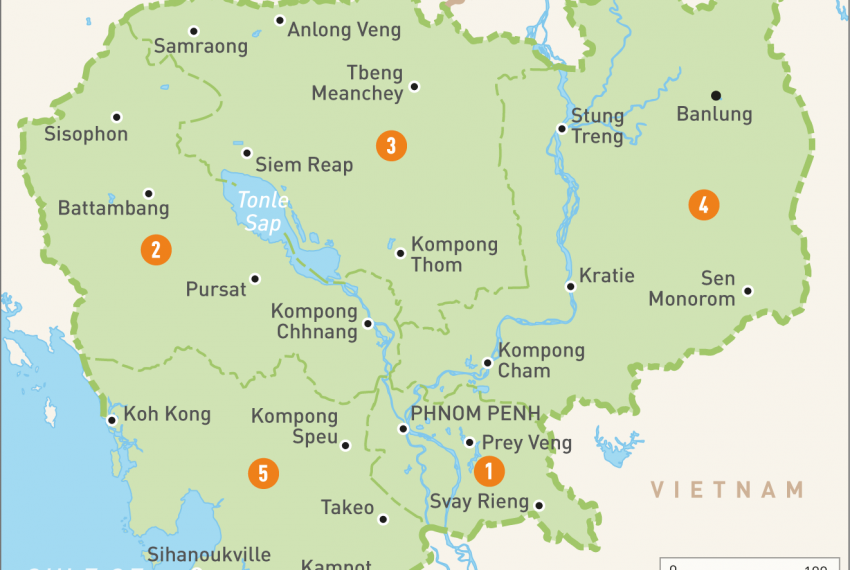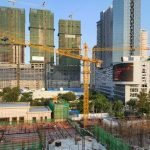
Living in Cambodia guide
Discover Cambodia
If you have chosen to expatriate to Cambodia, here is what you need to know on the country’s cities, population, economy, etc.
Moving to Cambodia can be a very enriching experience. In fact, over the years, Cambodia has been attracting many expatriates, namely for its safe and pleasant environment along with beautiful landscapes, quality accommodation in terms of prices, the ease of obtaining a visa, the absence of taxes and other duties, as well as its proximity with Bangkok, Hong Kong and Singapore.
But before you actually relocate there, you are advised to make several short trips there so as to get acquainted with its environment, its people’s lifestyle, etc. You can as well inquire about these on the Internet, especially on expatriate forums if you wish to settle there on a long term.
Geography and demography
Located on the Indochinese Peninsula, Cambodia is bordered by Thailand, Laos in the North and Vietnam in the South and East. Stretching over 181,040 km², it can be compared to the State of Missouri, in the United States of America. The country’s landscape consists of large alluvial plains, mountains, not to mention the famous Mekong River which is found to the east, and the Tonle Sap lake which is its natural storage basin. During the rain season the river Tonle Sap flows upstream, filling the huge Tonle Sap lake. Around November the river flow turns around and becomes downstream.
Phnom Penh, which is its capital city, hosts around 1.55 million inhabitants. Most of the Cambodians speak Khmer, but you also have some Vietnamese, Cham and even Chinese and Thai speaking communities. The national currency is the ‘riel’, but many important transactions take place in US dollars.
Good to know:
Cambodia is a Kingdom which is governed by a constitutional monarchy. Its inhabitants live in a multi liberal democracy.
Economy
You will probably be moving to Cambodia in the context of a job transfer or in a job quest. Note that the unemployment rate in the country turns around 3% and 3.5% among the active population, which is relatively low compared to many European countries. In fact, Cambodians are quite qualified and skilled in many fields.
Cambodia’s economy is mainly based on agriculture, including rice, maize, tobacco, meat, sugar, coffee, flour, dairy products, etc, as well as fishing, forestry and mining. Moreover, the country is rich in natural resources such as timber, gemstones, iron ore, bauxite, gas, rubber, and even oil. Over the years, the country became famous in terms of raw materials and textiles, shoe manufacturing, cement, cigarettes, etc.
Following more than two decades of strong economic growth, Cambodia has attained the lower middle-income status as of 2015, with gross national income (GNI) per capita reaching $1,070. Driven by garment exports and tourism, Cambodia has sustained an average growth rate of 7.6% in 1994-2015, ranking sixth in the world. Economic growth reached 6.8 percent in 2017, according to preliminary estimates by authorities, and is expected to remain strong over the next two years (6.9% in 2018 and 6.7% in 2019), as recovering tourism activity coupled with fiscal expansion compensate for some easing in garment exports and construction growth.
Climate
The climate can generally be described as tropical. As the country is affected by monsoon, it is hot and humid with an overage temperature around 27.C (80.F). There are two distinct seasons: the Rainy Season and the Dry Season. However, the Dry Season is divided into two sub-seasons, cool and hot. These seasons are:
The Rainy season:
From June till October 27-35.C (80-95.f)
The Dry season (cool):
From November till February 17-27.C (80-95.F)
The Dry season (Hot) :
From March till May 29-38.C (84-100.F)
Religion
The Cambodian population consists of Buddhists (Theravada), which are deemed to be the majority, as well as Muslims and Christians.
Capital
Official Languages Central Khmer
French
English
Currency Riels
Area 181040 Km2
Population 14453680
Calling Code +855
Timezone Asia/Phnom_Penh


